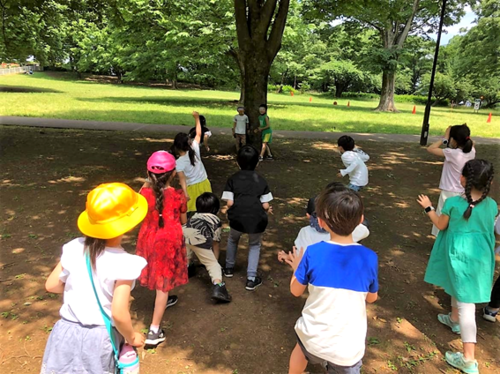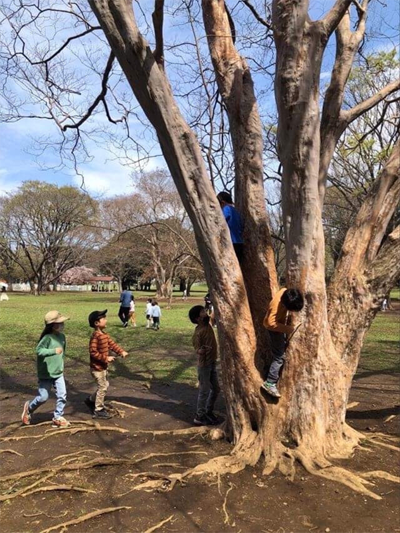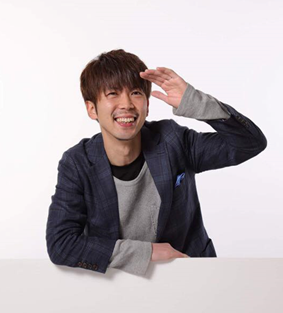
Hello, nice to meet you! My name is Shogo Minote and I am the principal of HILLOCK Bilingual Kinder School in Setagaya Ward, Tokyo. I will be writing a series of articles on this website. First, let me make a brief self-introduction and share my daily thoughts and feelings about school education, in particular, the areas that are the source of unease.
I began my career as a teacher in a public elementary school in Tokyo where I taught for 14 years. I was then sent to a second school, a special-needs education school, which stimulated my interest in inclusive education. While working at the school, I attended university classes and received a second teaching license in special needs education theory. I later attended graduate school and received a Master's degree upon completion of the Science of Human Development Program. The subject of my Master's thesis was, of course, inclusive education.
Special Education Teachers Teaching license for special needs education.
Shocking Incident at the Special Needs Education School
Watching the children at the special needs education school showed just how truly diverse they are. Since they are grouped by grade, they are the same age, but that is about all they have in common. The developmental age of children in the same class may differ by almost five years, and the capacity for physical movement will also vary individually. Someone like me who had just come from a regular school (not a term that I like very much...) would, of course, give instructions to everyone at once, but the children would not move at all or follow my requests. It was then that I realized for the first time that students in regular schools had actually accommodated and adjusted to my requests.
Let me tell you what happened just after I had moved to a special needs school I greeted the children at the April entrance ceremony and told them all to move to the gymnasium, but no one stood up. I then repeated my request a little more strongly and was shocked by the short one-word answer "no." I realized that "No, I'm not going" was one possible choice. At regular schools, the right to not follow or refuse the teacher's instructions does not exist in most cases. Children will follow the teacher's instructions reluctantly while also complaining about how much trouble it is to do so. But if you think about it, it is quite understandable. There is no particular motivation on the children's part to attend the entrance ceremony. In the class, there are students who do not understand directions that are simply my oral instructions, others who are concerned about what might happen and are reluctant to move, children who do not want to follow the instructions of an unfamiliar adult they are meeting for the first time, those who want to know the merit in going to the gymnasium, and others with a variety of reasons.
This is not a topic that is limited to special needs schools. Even in regular schools, the enrollment is diverse, and if there are children who have difficulty understanding and following the teacher's directions that are only given vocally, there are also anxious children who feel they have no future, children who do not easily and readily make relationships with adults, and those who tend to resist doing what they are told. Some children will be permitted to attend regular schools, that is, while imitating the behavior of their friends, they reach some agreement, and tolerating it, are able to adjust to the school system that is based on group instruction and group activity. Students who are unable to adjust to such a system will have to go to special needs school. This might be the only difference that distinguishes these two types of students.
At a Regular School
Does that mean that at regular schools, collective instruction alone will be sufficient from now on? No, of course not. In order to realize inclusive education, it will also be necessary to change the current school system. However, considering that changes are not occurring and current school education in Japan assumes that special accommodation is only for children with special needs, this view is a major issue now confronting school education in Japan.
For example, if the plan is to take the children to the gym, it would be good to explain everything while showing words and simple images on the blackboard. Information should include the schedule, overall planned activities, and the necessity of participation. Another thoughtful consideration would be to include what the children will gain by participating in the visit. (For example, they will receive the admiration of new students and the attention of parents and teachers of other grades as well as invitations to have fun together upon their return.) Of course, not all students will need this information and encouragement. Nevertheless, in case there is one child who does, explain it carefully and clearly--not to that child only, but to all present. By doing so, it will be possible to respond to the hidden, unspoken needs of those children who do not readily express themselves.
In the field of social welfare, this way of thinking is called "universal design." This approach is not based on the presence or absence of needs, but rather is an overall design that also accommodates those who need such consideration, and by doing so, facilitates use by more people. The arrangement of elevator buttons and voice guidance can be cited as examples, but in the case of schools, it seems there is a need for many more systems that are not readily visible. Methods that have been used up to now and have come to be considered necessary and natural must be updated from the perspective of universal design, and unless this is achieved, it will not be possible to realize inclusive education.
Generally speaking, at regular schools, students are grouped and considered by schoolyear. As students of a certain grade, they are expected to have either acquired the associated knowledge and skills or are noted for lacking them. Assessment covers daily lifestyle and also applies to their studies, that is, their academic performance as a student in a particular grade. In a certain grade and at a fixed time in the school year, they are taught and expected to have learned certain content. If not, they fail and are even assessed as having made "insufficient effort," "poor concentration," etc. Although it would be unrealistic to assume that all students develop in the same way, students are grouped by the year. Typical development takes place in basically the same manner. Even so, students in the same school year range from those born in April to those born in March, which is nearly a one-year difference. Moreover, a recent Cabinet Office survey (in Japanese only) indicates that a certain percentage of children do not use Japanese in daily life with their family and some do not have even one book at home. We should not ignore these findings and simply consider them to be students of a particular schoolyear.
Time for All Schools and Regions to Review and Make Some Changes
We want to think together with children. Development is a spectrum. In other words, there is continuity to it. Naturally, some children have been able to achieve it while others have not yet done so. It is already a possibility for some, but not yet for others. It is possible to acquire it through practice without waiting for natural growth to take place, and this could be called "education." This is sometimes called "discipline" or "etiquette," but is it really correct or good if it is superficial without being considerate of the feelings of others? And having children mechanically obey—isn't that tantamount to halting rational thought? Aren't we having them think that "It's good to listen and follow what adults say" or "It's more comfortable not to think about useless matters"? Recently, we have been hearing more about the 1st grade gap. It refers to the gap and maladjustment experienced upon entering the 1st grade by children who once enjoyed nursery school. First-grade teachers also find it difficult to handle. That must certainly be the case. However, isn't the type of "education" practiced there similar to a kind of training that forcibly fits them into the school system? And in exchange for adapting to the school system, they are giving up thinking for themselves? It seems to be time for all schools and regions to review and make some changes.
















